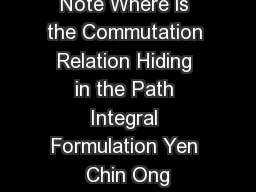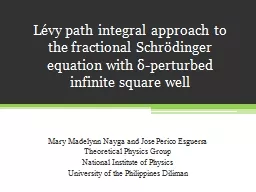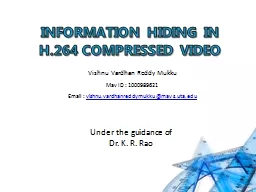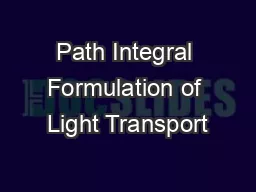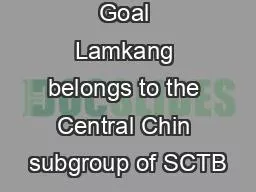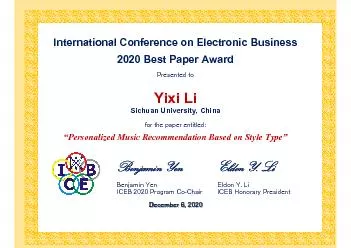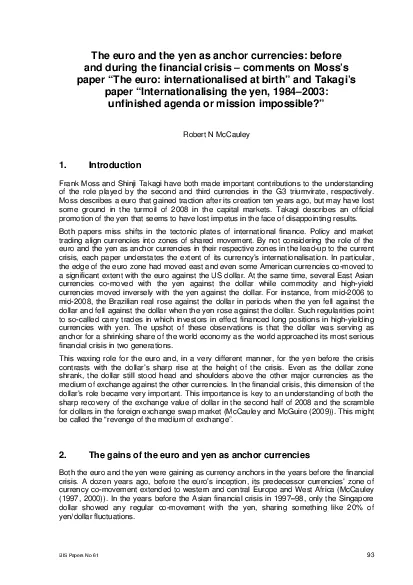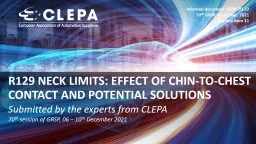PDF-Note Where is the Commutation Relation Hiding in the Path Integral Formulation Yen Chin
Author : faustina-dinatale | Published Date : 2014-12-12
Graduate Institute of Astrophysics 2 Leung Center for Cosmology and Particle Astrophysics National Taiwan University Taipei Taiwan 10617 The path integral formulation
Presentation Embed Code
Download Presentation
Download Presentation The PPT/PDF document "Note Where is the Commutation Relation H..." is the property of its rightful owner. Permission is granted to download and print the materials on this website for personal, non-commercial use only, and to display it on your personal computer provided you do not modify the materials and that you retain all copyright notices contained in the materials. By downloading content from our website, you accept the terms of this agreement.
Note Where is the Commutation Relation Hiding in the Path Integral Formulation Yen Chin: Transcript
Download Rules Of Document
"Note Where is the Commutation Relation Hiding in the Path Integral Formulation Yen Chin"The content belongs to its owner. You may download and print it for personal use, without modification, and keep all copyright notices. By downloading, you agree to these terms.
Related Documents

